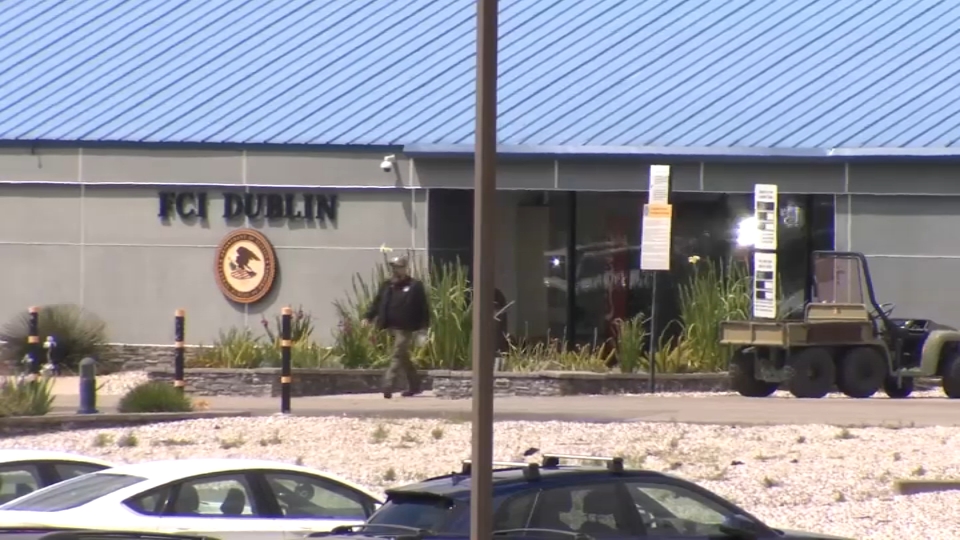The use of automation in cockpits has made commercial flying safer than ever, but it is also raising safety issues, as some experts say pilots may have become over-reliant on technology to fly.
As commercial airlines continue to develop and use enhanced, cutting-edge technologies, computers have become central in every modern cockpit. While data shows automation has made flying safer, the FAA, NTSB and NASA have all raised questions recently over whether or not that same technology may pose a safety issue.
The FAA issued a Safety Alert for Operators Warning, telling pilots to pay attention to manual flying skills to avoid becoming over-reliant on autoflight systems. It was released six months before Asiana Flight 214 crashed at San Francisco International Airport killed three people and injured dozens more.
While the NTSB investigation into the exact cause of the crash remains open, NTSB’s chairman has said publicly her investigators are exploring the role that automation in the cockpit may have played in the accident.
In NTSB interviews made public, the pilots of Asiana Flight 214 said they believed the auto throttle was engaged as they descended on final approach to runway 28L.
A three-year, NASA-funded study at the University of Iowa’s Operator Performance Laboratory is currently exploring how pilots interact with automation to determine if some are too reliant on the technology to make flying decisions and to come up with practical solutions to keep pilots from losing situational awareness in flight.
“Flying heads down is something that we see a lot more with computerized cockpits,” said Dr. Thomas “Mach” Schnell, the research scientist leading the study.
Local
Dr. Schnell said his team hopes to develop methods to prevent pilots from becoming disoriented by automation in cockpits throughout the world.
As part of the study, researchers hook up veteran commercial pilots to monitors which track breathing, heart rate, brain waves and physical reactions while the pilots fly long, simulated overseas flights. The scientists also track pilots’ eye movements across a jet’s automation display during flight and reaction times during long boring stretches of flight.
With the new automation controlling so much of commercial airline flight, Dr. Schnell says pilots are becoming supervisors of the computer rather than participants actually hand-flying the airplane. “You’re all but an observer,” he said. “You lose eventually touch of the stick and rudder skills that a pilot may have had.”
Dr. Schnell draws a comparison with cruise control in automobiles: “Everybody has had a little glitch with the car where they thought that the cruise control was off and then they realize, ‘Hey, it’s still on,’” Dr. Schnell said. “Now make it 10 times as complicated and that’s what automation in the flight deck looks like. Every once in a while it will catch you in such a way that you didn’t anticipate.”
When asked by NBC Bay Area whether pilots are too dependent on automation, he responded, “I believe that’s fair to say [it happens] in the air transport world.”
Dr. Schnell’s team is not the first to study the topic. At least a dozen different research papers and projects have focused on the issue of automation addiction among commercial pilots in the last decade.
In one, Boeing found that over the last decade, the leading cause of death on commercial airlines was loss of control in flight, causing 80 accidents and 1,493 hundred deaths.
In another study, NASA used that data from Boeing and found in 46.3 percent of those accidents, inappropriate crew response and interaction with the plane’s equipment played a role in the accident.
Other notable recent fatal crashes of commercial jets have also involved pilots who investigators later determined had become confused by automation in the cockpit.
For example, NTSB investigators determined that the pilots on-board Colgan Air Flight 3407, marketed as a Continental Connection flight, which crashed outside Buffalo in February 2009, became confused by the auto-pilot and pulled back on the stick when they should have reacted in the opposite way. 49 people died on board that airplane and one person was killed in a home by the falling airplane.
And, investigators who finally recovered the black boxes from a downed Air France Airbus which crashed into the Atlantic Ocean in June 2009, found the data showed the pilots brought the plane into an unrecoverable stall due to confusion over automation in the cockpit after the plane’s pitot tubes froze over in a high-altitude thunderstorm. 228 people died in that accident.
Flight instructors say that while automation makes flying safer, it must always be used in its proper context and with care.
“Automation allows you to think on a higher level things involved with the flight rather than just the basic stick and rudder skills,” Ken Maples, the lead flight instructor at Trade Winds flight school in San Jose, told NBC Bay Area.
Maples said automation allows pilots to think beyond steering and to consider factors like weather and fuel, thus adding a layer of safety.
“What I like to tell people is, automation allows you to become a manager rather than an individual participant,” Maples said.
However, he said, pilots must know how to use the technology properly.
“You always have to be ready to deal with the failure of the system, but what I see continuously is it’s unusual for the system to fail,” Maples said. “It’s very common for the pilot to not understand what the automation is telling them or what it’s doing,”
Understanding the automation and using it in conjunction with manual flying skills is essential, according to Airline Pilots’ Association (ALPA) National Safety Coordinator Captain Sean Cassidy.
“If you’re not balancing the use of automation and also the use of solid flying skills, that can sometimes create challenges,” Cassidy said.
ALPA produced another study by Captain Dennis J. Landry, titled “Automation Addiction,” first published in March, 2006. That study found “a pilot’s proficiency in the art of basic attitude instrument flying seems to diminish proportionately as automation proficiency is acquired.” In simple terms, the study found that the more automation pilots learn and use, the more they lose basic manual flying skills.
The ALPA’s study was later republished at the International Federation of Air Line Pilots Association (IFALPA) Human Performance Committee Meeting in Sydney, Australia, in 2007.
“If you’re taking a passive role and just letting the automation fly the airplane without actively tracking and seeing what it’s doing, then I would consider that to be over-reliant,” Cassidy said. “You have to be prepared to manually take over that flight. And so anything that we can do to make sure that our pilots are as well prepared as possible, any training in that direction, is a good thing.”
Do you have a tip for the Investigative Unit?
Email us: TheUnit@nbcbayarea.com
Tweet us: @TheUnitNBC @stephenstocktv



